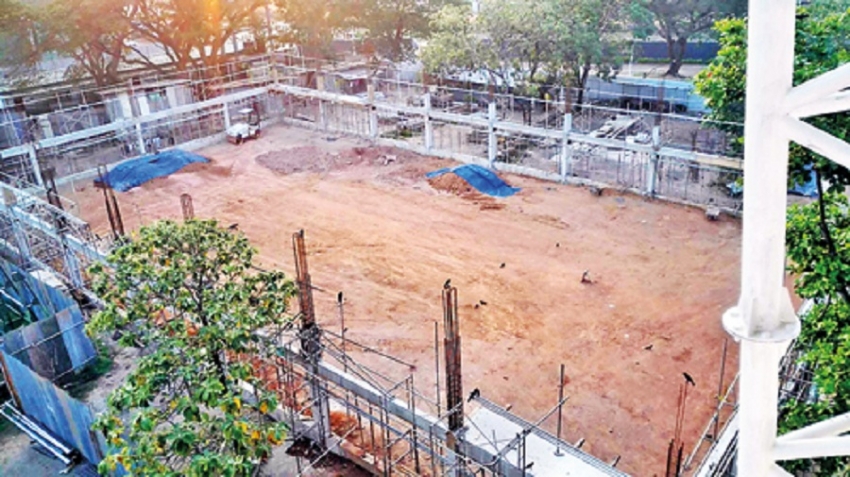A swimming pool has been a long overdue need for the Premadasa Stadium, the key site for national team training ahead of any tour. The team now largely does its nets and gym sessions at the Premadasa. Those needed swimming pool training go either to Nondescripts Cricket Club or Sinhalese Cricket Club. “We want to complete these three swimming pools as a matter of urgency,” Silva said. “We will soon start the project at Khettarama and hope to complete it by the end of May next year. The other two will start simultaneously.”
In 2015, SLC’s interim committee headed by Sidath Wettimuny took steps to build indoor nets and a swimming pool at the R Premadasa Stadium in Khettarama. But the pool was rejected on the basis of high cost when the administration changed in 2016. The three pools will together cost a sum of Rs 500 million. But the one at R Premadasa, which will be elevated, will alone cost Rs 300mn. Although Khettarama remains the main location for national team training, they often travel to Pallekele and Dambulla ahead of tours to England, Australia, South Africa or New Zealand as the wickets offer seam and bounce.
The Board will also add a dormitory to the Premadasa Stadium and expects to complete the 60-bed facility within the next two months. It will also spend a colossal Rs 1.5 billion over seven years to construct a Cricket Campus in Kandy. This was proposed by SLC’s former President as an ambitious plan to stem the alarming slide of standards in the game. SLC has already entered into a 60-year lease agreement with provisions to extend it for another 30 years with the Malwatte Maha Viharaya for a 300-perch land in the Katugastota area overlooking the Mahaweli River for the planned Campus. The lease for the first 30 years would be Rs. 26,250,000, to be paid in segments on an annual basis.
SLC has also made a donation of Rs 25 million to the Shiyamopali Maha Nikaya Malwatte Chapter for an ongoing project and another Rs 25 million donation to the Gangaramaya Raja Maha Viharaya. “These donations were in addition to the lease amount,” Silva admitted, insisting that they had secured the land for a good price.“What we want to do is to improve the knowledge of all stakeholders from groundsmen to umpires.”
The Board has also decided to make some changes to the domestic cricket structure, a contentious subject at the center of debate for many years. Many experts, including former players, were critical of the existing domestic structure with 24 clubs playing the first class tournament. This will be reduced to 20 teams this year, with ten teams each playing in Tier A and Tier B. The first will comprise the top ten clubs and will play a four-day tournament while Tier B will play three-day cricket.
Silva said that first class status will give cricketers a chance to play in England during their county season. “This will help them financially,” he said, adding that the Board has decided against cricketers playing in Australia as their cricket season clashes with Sri Lanka’s own domestic cricket season.“We will not issue no-objection certificates to any contracted cricketer to play in Australia,” Silva said.
Beside the first class tournament, SLC will continue to play the four-team inter-provincial tournament where the cream of a country’s first class cricketers will be in action. In addition to the four day tournament, they will also feature in limited-over cricket, the 50-over and 20-over cricket.
“The Board will also re-introduce U-15 and 17 squads who will train right through the year in a bid to improve the standard of junior cricket,” he continued. “We will select the best 15 players in each group category and will give them training right through. This will help us identify players who will graduate to the U-19 level and, thereafter, to the national level.”
Sri Lanka has a unique school cricket system which has produced a number of international players straight from school in the past. In recent years, however, the standard of school cricket has dropped to abysmal levels and Silva believes it needs a complete revamp.



















